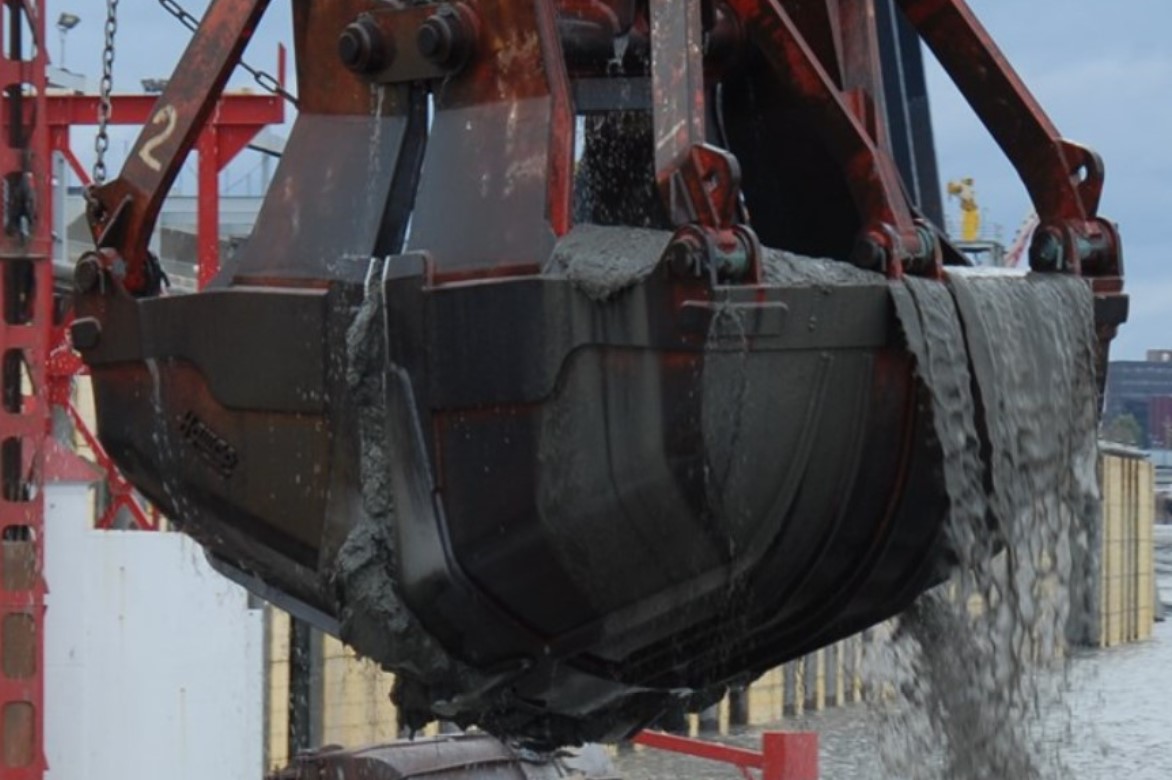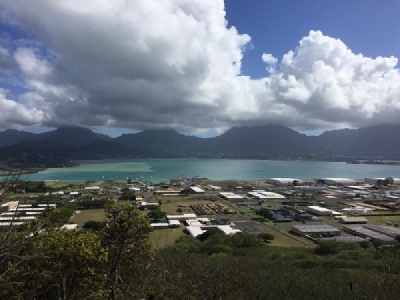
To minimize noise over the city of Hong Kong, the desired new airport would enable aircraft flight paths over the sea. Three-quarters of the new airport’s platform would be reclaimed land dredged from the sea, and the remaining quarter would be the result of excavating two other islands. 3 The solution: plan the formation of 1,248 hectares of land off the coast of Lantau, Hong Kong’s largest island. 2 Because Hong Kong is composed of more than 200 small islands, however, there was no acceptable tract of land large enough to hold the footprint for a substantial international airport.

The need to replace Hong Kong’s Kai Tak Airport was evident since the 1960s, as the existing facilities from 1925 could no longer support the burgeoning international travel. Because land is a commodity in short supply on this densely populated island nation, land reclamation through dredging was a cornerstone of the construction process. Hong Kong International Airport at Chek Lap Kok is a shining example of a major capital dredging project that involved creating land for its own sake. The “leftover dirt” from capital dredging projects has been used to create land for recreation, farming, industrial use, civil projects, and even forestry.

In contrast to other dredging endeavors, the spoil is considered the desired product here, and the water deepening is merely a byproduct.

When the goal of capital dredging is land reclamation, the dredged aggregate (or “spoil”) is not simply discarded but used for some beneficial purpose. 1 Despite its size, this small island nation boasts one of the busiest airports in the world – an airport that would never have been realized without the modern technique of capital dredging.Ĭapital dredging significantly alters the underwater or shoreline terrain for a commercial purpose. The 7,153,519 residents of Hong Kong inhabit a total area of 686 square miles. Dredging the Hong Kong International Airportīrantz von Mayer and The Writers for Hire


 0 kommentar(er)
0 kommentar(er)
